Interview: Japan's emoji creator saw nuance in pictures
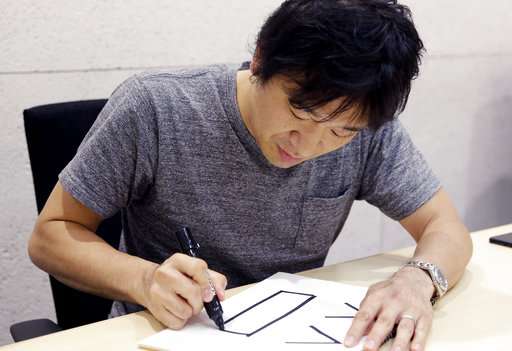
The tiny smiley faces, hearts, knife-and-fork or clenched fist have become a global language for mobile phone messages. They are displayed in the Museum of Modern Art in New York. They star in a new Hollywood film.
The emoji is heir to a tradition of pictographic writing stretching back millennia to Egyptian hieroglyphics and the ideograms used to write Chinese and Japanese.
Despite their ubiquity, they started in 1998 with one man: A 25-year-old employee of mobile phone carrier NTT DoCoMo who created the first set of 176 in one month as he rushed to meet a deadline.
"I happened to arrive at the idea. If I hadn't done it, someone else would have," said Shigetaka Kurita, who now is a board member at Dwango Co., a Tokyo technology company.
Kurita's challenge: NTT DoCoMo's "i-mode" mobile internet service limited messages to 250 characters, which cried out for some kind of shorthand.
A message that said, "What are you doing now?" could be menacing or nosey, but adding a smiley face softened the tone.
"Digital messaging was just getting started, and so I was thinking about what was needed," said Kurita.
Following i-mode's launch in 1999, that nuance made emoji an immediate hit in Japan, where the demands of courtesy make for a complex art and a tiny mistake can prove costly. Emoji combines the Japanese for "picture," or "e'' (pronounced "eh"), and "letters," or "moji" (moh-jee).
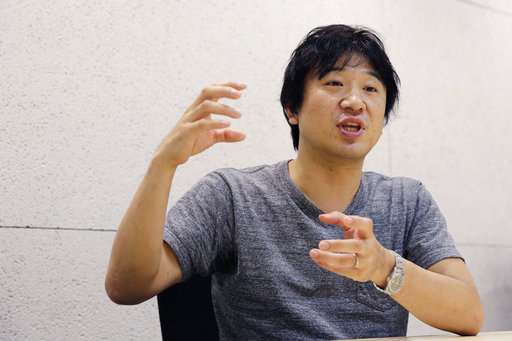
Kurita collected common images including public signs, weather symbols, the zodiac and comic book-style pictures such as a light bulb or a ticking bomb.
With simple lines, he made five faces—happy, angry, sad, surprised and perplexed. The heart and a smiley face are still his favorites.
Some visuals transcend culture. A drop of sweat rolling down a cheek means exasperation or anxiety. Others confuse: A camcorder was misread by many as a fish.
"Japanese tend to excel at making the most of limitations. It's a nation filled with limitations, a small piece of land," said Kurita. "We do well at carrying out tasks within a framework, rather than being given a free hand."
Western players Apple and Google made emoji a global phenomenon.
"Perhaps because of the popularity of the iPhone, Apple's art style for its emojis also became extremely influential, to the point that when most people think of emoji imagery, they're thinking of Apple's take on it," said Jason Snell, a tech journalist and podcaster.
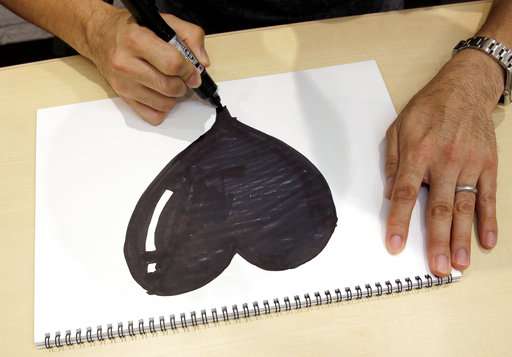
Kurita shrugs that off. The dozen-member team designing i-mode was making something for Japan long before smartphones.
"Japanese always are too ahead of our time," said Kurita, an unpretentious man with a quick smile.
"I think Galapagos is OK. It's cool," he said, referring to the remote Pacific Island, used in Japan to describe the nation's insularity. "After all, how can Japan hope to win as a global standard?"
"And so we go ahead with our Galapagos ways in Japan, and people abroad will see it as wonderfully Japanese."
Kurita's invention inspired "The Emoji Movie," an animated film by Sony Pictures about emojis that live inside the world of a smartphone. It has yet to be shown in Japan but was modestly popular in the United States.
In 2010, the 12-by-12-pixel designs were adopted as a global standard by the Unicode Consortiums. That means any phone or operating system that follows the standard will use the same images, making them a universal language.
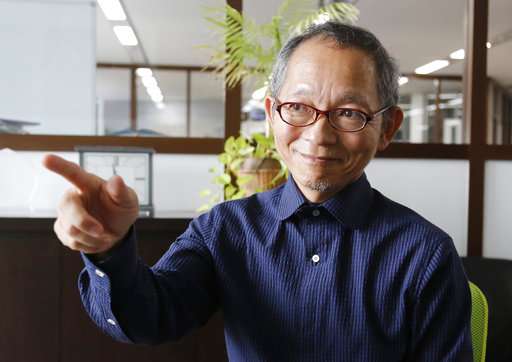
Some initially opposed making emoji a Unicode standard, according to Yasuo Kida, a technology expert who was involved in their adoption.
Among the arguments: emoji was mere pictures, too infantile and uniquely Japanese. But Kida said companies that saw Japan as an important market won out.
What began as primitive digital drawings is growing into an elaborate tool for communication with more choices for pictures and animation, such as Apple's latest Animoji, Kida said.
Unlike Kurita, Kida finds it sad Japanese lose out on opportunities to reap benefits of their innovations on a global scale due to lack of language skills and international influence.'
Yuka Kubo, a researcher at the University of Tokyo, is working on a book about how young Japanese women pioneer innovations such as selfies and use of emojis as art that are ridiculed but become hits.
"The young women are expressing their rebellion against the adult world, but in a playful way," said Kubo.
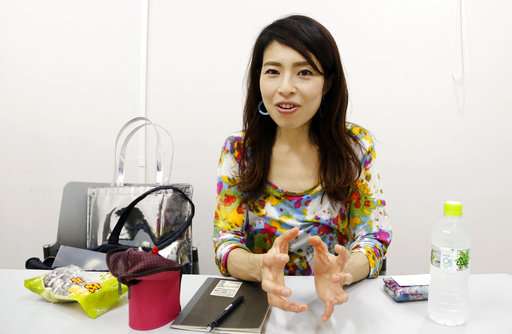
These days, Kurita works on a popular live video streaming service called Niconico. He believes such services will become more interactive, building online communities, possibly with artificial intelligence.
Kurita doesn't feel all that involved with emoji today because they have evolved beyond his original set. He receives no royalties and is little-known in Japan outside technology circles.
He paid his own air fare to New York last year to see the Museum of Modern Art exhibit, which cited him by name.
Kurita was overcome with emotion.
"There they were, something I'd been involved with, although I'm neither an artist nor a designer," he said. "The museum saw value in the design that had the power to change people's lifestyles."
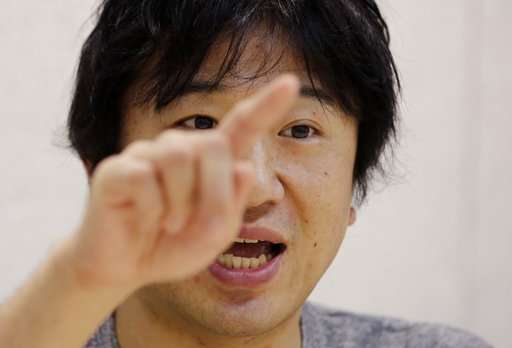
© 2017 The Associated Press. All rights reserved.



















